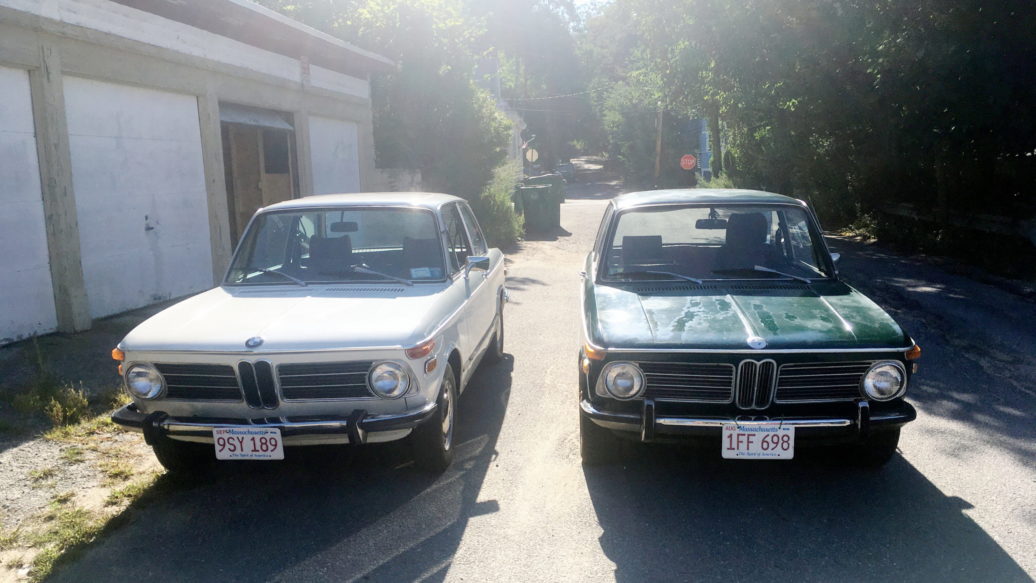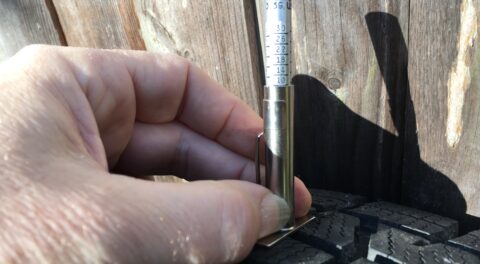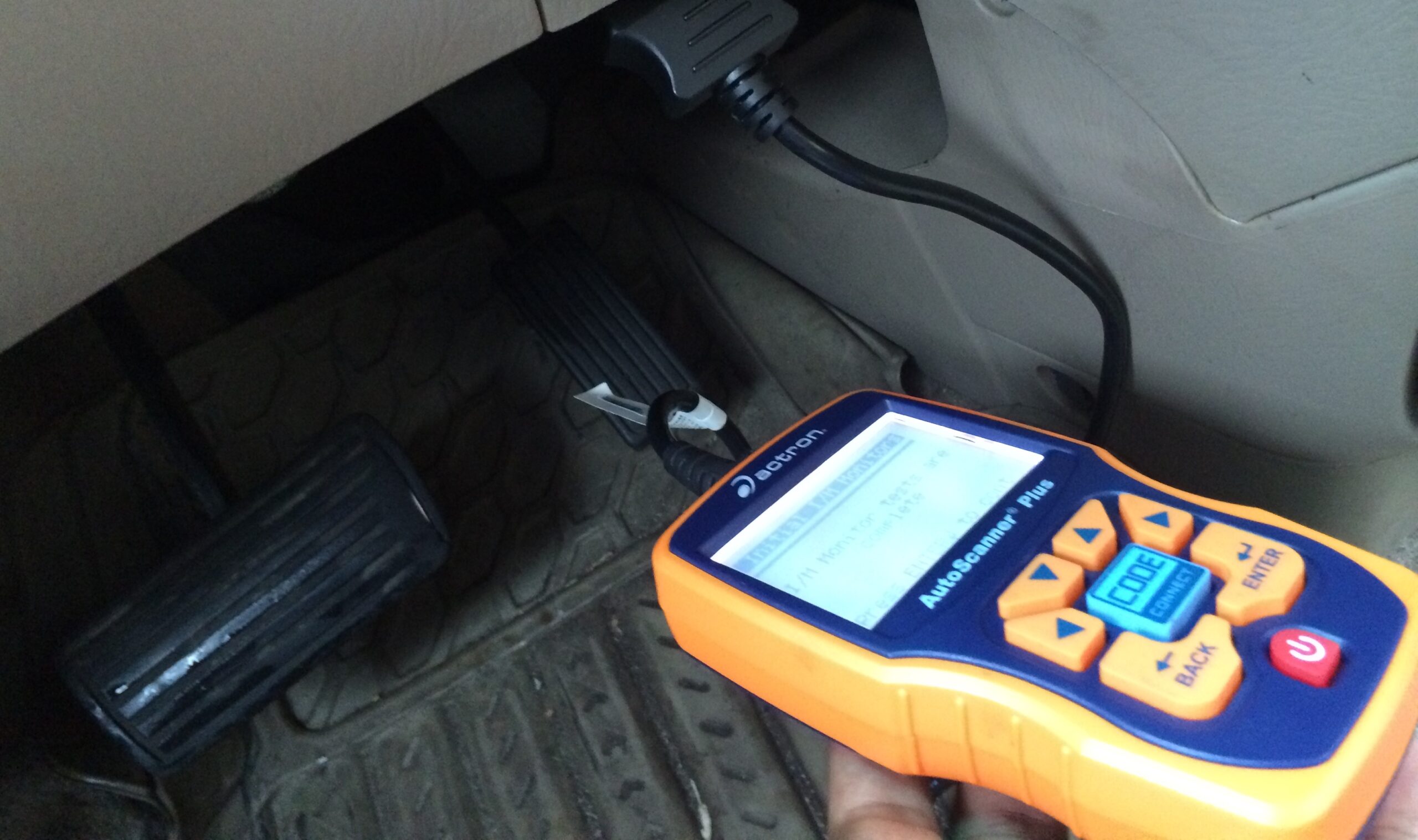As I wrote two weeks ago, I readied Hampton, my 48,000-mile survivor ’73 2002, for sale—but then, for a number of reasons, pulled back. Garage space at my house is limited, so I only keep cars there that I’m either working on or want to have around to drive, and shuttle the others off to my rented garages in Fitchburg. It was a hot summer here in Boston, with several stretches of heat and humidity that made me move the non-air-conditioned cars to Fitchburg and keep some of the refrigerant-equipped ones at the house (plus Hampton, as I was working through a punch list prior to the sale that never happened).
But now, with that annual magic of the Earth’s rotation around the sun combined with the tilt of its axis moving the northern hemisphere farther from the big fusion reactor in the sky and causing the delicious hint-of-fall-crisp breezes of early September to blow, the non-air-conditioned cars can come back home. So the Z3 M Coupe got swapped for the Lotus Europa, and Hampton—since I don’t need it here to work on it, photograph it, or answer questions about it—was exchanged for Louie, the ’72 2002tii that’s the subject of my book Ran When Parked.
Since I drove out to Fitchburg in Hampton, and back in Louie, the trip provided a perfect opportunity to compare and contrast the two round tail light 2002s.
Hampton is as bone-stock a survivor ’73 2002 as you’re likely to find. He wears his original Chamonix (white) paint, the interior is excellent, and the car rides on what are likely the original shocks and twenty-year-old skinny 165/80-13 tires. The only update has been the Weber 32/36 DGAV carb replacing the original two-barrel Solex.
I bought the car last fall because it would’ve been crazy not to: The seller contacted me about it, I agreed to drive down to Bridgehampton, Long Island, try and unstick its seized rear brakes, and help her put the car on Bring a Trailer. I literally did bring a trailer; she encouraged me to make an offer, I did, and bam.
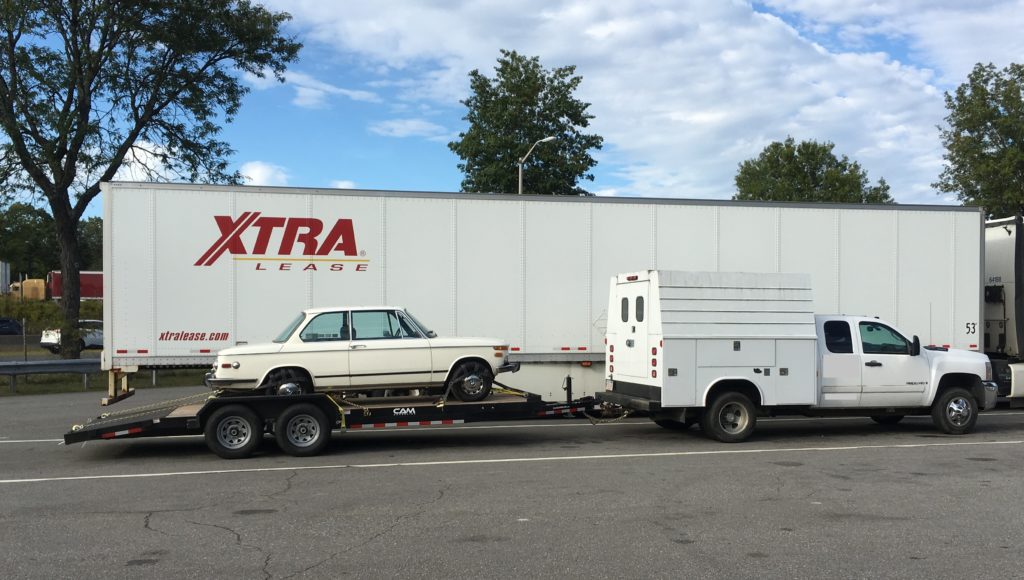
Bringing a trailer did enable Hampton’s purchase.
While Hampton is very pretty and tidy, and the interior is a great place to spend time, and while clearly the car has a lot of value due to its low mileage and one-owner provenance—particularly after the year I’ve spent sorting and cleaning it—a car like this really doesn’t fit me.
I’m not a collector. With the car’s 48,550 miles, and with the hundred-mile round trip to Fitchburg, I’m even aware of the number of times I can run it out there it before rolling it over to 49,000 and then to 50,000 miles. When things resume post-coronavirus, I’m not the kind of guy who’s suddenly going to start trailering cars to events. And in a literal rubber-meets-the-road sense, compared with any of my other cars, Hampton is soft and a little anemic.
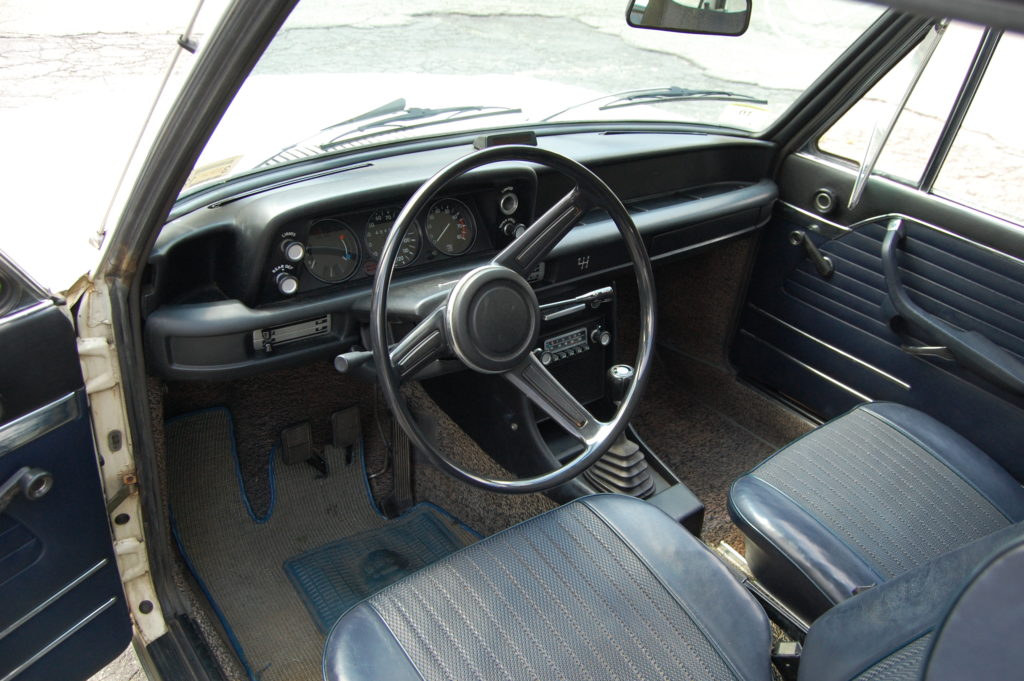
Hampton is appealing, if a little stodgy—sort of the city councilman of BMW 2002s.
That said, with the car now nicely sorted and some small rattles squelched, I like Hampton more each time I drive it. All the tactile sensations, from the shifter to the directional and high-beam stalks, are perfect. It doesn’t have the wind-up of Louie’s Kugelfischer injection, or the snotty roar of the high-compression pistons, hot cam, and twin-sidedraft Webers in Bertha, my other 2002. But it feels exactly like what a 2002 felt in 1973. That may be a little squishy by the standards of the way many, if not most, folks like to modify 2002s, but it’s a great reminder of why these cars were such a revelation when they were new.
Unfortunately, in addition to not wanting to put miles on a low-mileage car, driving Hampton carries the risk of damage and malfunction. Even ignoring the faint possibility of bolt-from-the-blue accidents, I’d hate for a stray rock to crack the windshield, and having worked through the pre-sale punch list and cleaned the car, I don’t want to cause more work for myself.
As for Louie: For most of his life, Louie was not unlike Hampton, but from the other side of the tracks. It was also a survivor 2002 (well, 2002tii), remarkably original, still wearing its thirteen-inch steel wheels and sitting on its original rear shocks and oil-filled front strut cartridges, but with much more patina than its Long Island cousin. (Hampton was stored indoors; Louie had only a carport to shield him from the elements.)
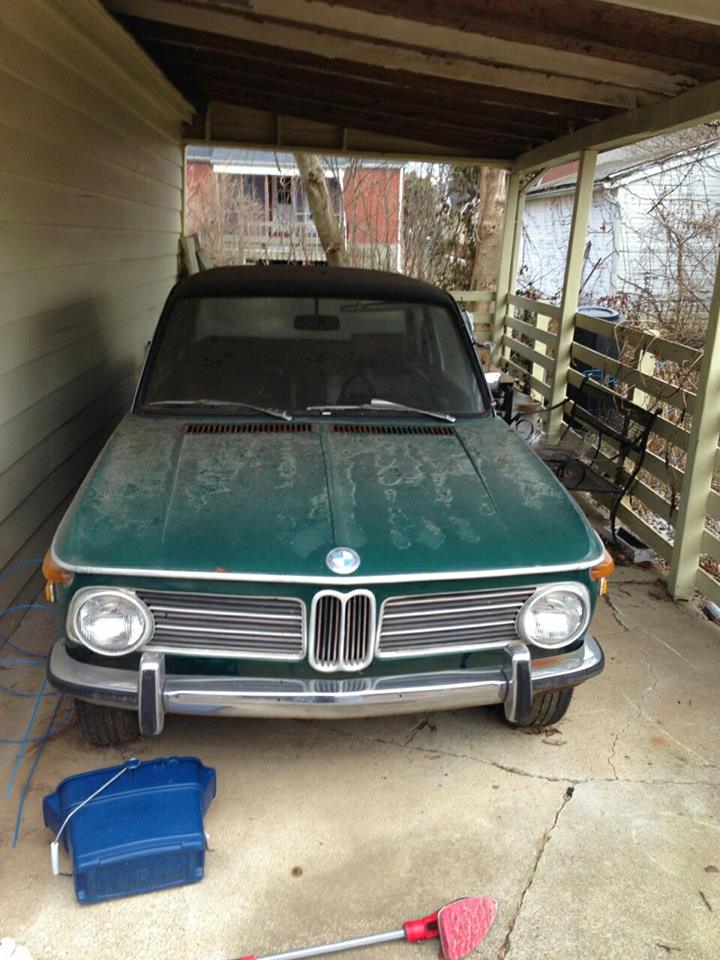
Louie, looking a little forlorn, sits under the carport in Louisville prior to my purchase. (Photo by Chris Sands)
The original suspension made the car a little floaty and boaty to drive compared to my previous ’72 tii, Kugel, which had a suspension package on it, but, also not unlike like Hampton, Louie felt the way a ’72 tii was supposed to feel back in the day, even if it wore its age and mileage on its sleeve.
Also, as folks who have owned multiple tii’s will tell you, there can be an odd whole-is-greater-than-the-sum-of-the-parts dynamic with the injection system in these cars. Some of them, even after sitting for decades, just have a snap to the throttle response, and a swagger to the wind-up when you put your foot into them—and if they don’t have that, sometimes no amount of engine work, pump rebuilding, injector cleaning, or linkage adjustment seems to bring it. It’s part of the Kugelfischer mystique.
Louie has it, in spades—so much so that I was afraid to disturb the flawless systemic vibration of its molecules.
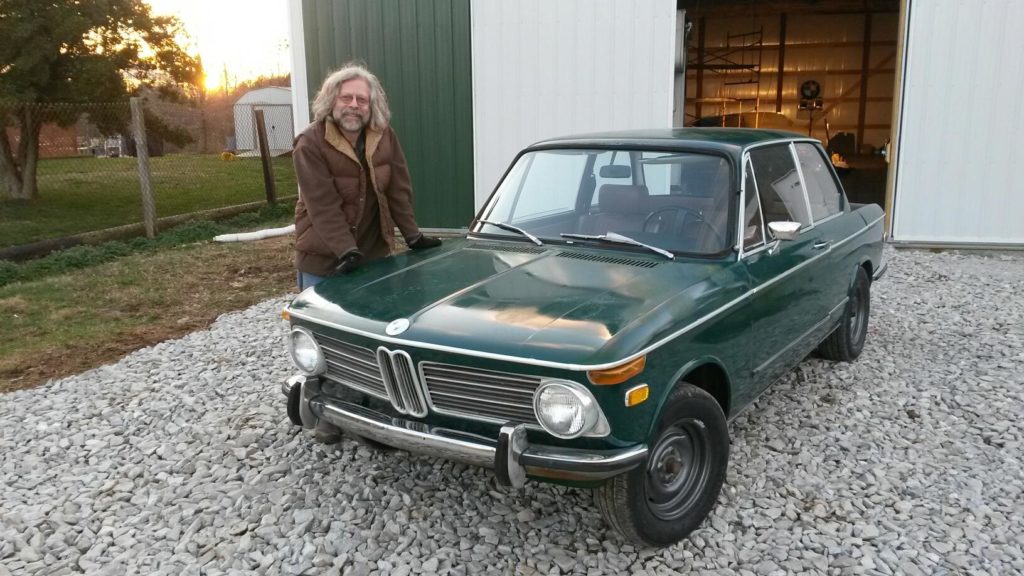
From the moment I drove Louie out of Jake Metz’s pole barn where the car’s resurrection took place, the car felt like it was itching to burn down the Interstate, and continues to feel that way.
But this spring I did something surprising. With great trepidation, I redid Louie’s suspension, replacing the original springs, shocks and struts, and sway bars, with a new set of H&R progressive-rate lowering springs, a used set of Bilstein HD shocks and struts I had kicking around the garage for a few years, and a set of Suspension Techniques sway bars. To complement the package, I took off the original thirteen-inch steelies (no, they’re not for sale) and swapped on the fourteen-inch gold E30 basketweaves and 195/60-14 Goodyear Altimax tires that had temporarily been on Bertha. And to make sure I don’t slide out of the seat while tossing the newly-suspended car around corners, I pulled out the big, flat, original driver’s seat and installed one of the Konig bolstered Recaro-like seats that I’ve had in several 2002s.
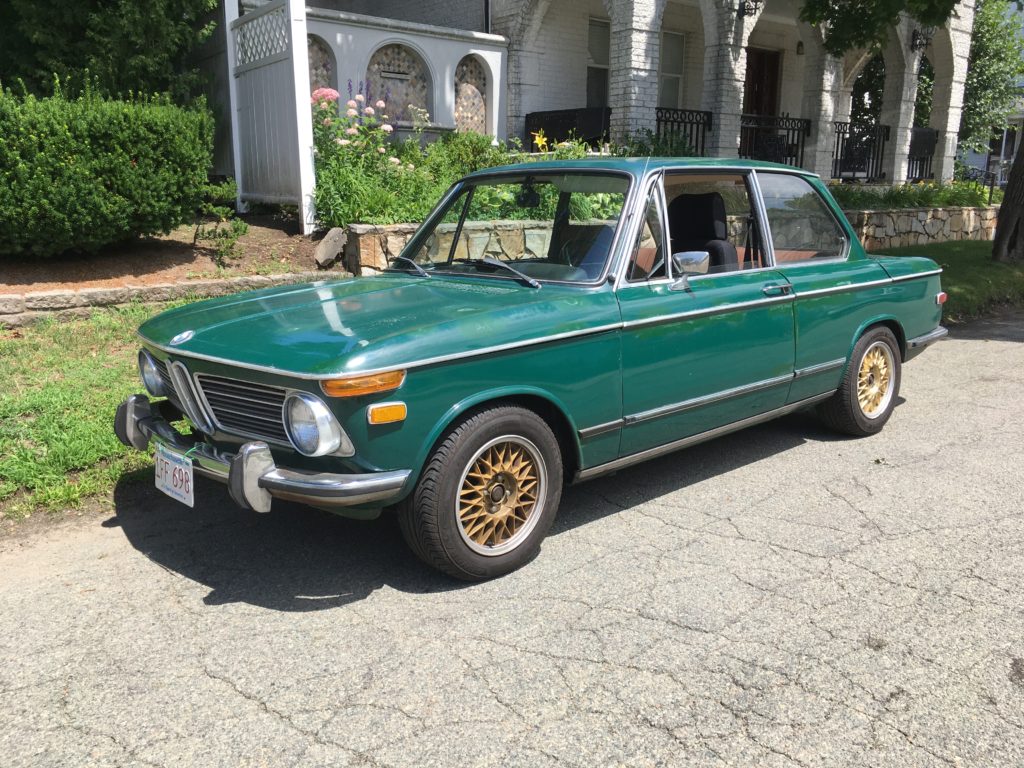
No longer stock. I love it even more.
It paid off: All the hype you read on BMW2002faq about how H&R springs, Bilstein HDs, and bigger bars are a great combination for spirited driving without being overly stiff is right on the money.
In installing the package, I didn’t break the bond I had with Louie; incredibly, I strengthened it. Now, whenever I get in and start driving, I think, “Holy crap, this thing is fun.” Louie is now up there with the Lotus as a car I look forward to taking on evening stress-busting drives over the twisty, leafy roads west of Newton. (Yes, the M coupe is major twisties fun as well, but it’s different; it’s weaponized. With modern sports cars, you get in them, hit the highway, look at the speedometer, and find you’re doing 90. With vintage sports cars, you drive them on some small road, and think, “It must not be legal to be having this much fun,” look at the speedometer, and find that you’re going 5 mph over the limit.)
In terms of condition and mileage, Louie is the polar opposite of Hampton. When I bought Louie, there was a line of rust starting to blister on the front valence below the bumper line. With several thousand-mile trips under its belt, some of which were through a lot of rain, those blisters have yawned open into full-on rust holes. I’m not saying that the car’s fate is to be driven into the ground, but the last thing I’m worried about is driving the car, racking up mileage, and dealing with the necessary consequences of use.
This isn’t a think-it-through-and-decide-which-stays analysis. There’s no doubt that Louie is sticking around for the long term, and that Hampton is only sojourning in the stable; I’ll likely put it on BaT in the new year. But it is rather remarkable how two 2002 roundies that outwardly appear so similar can have such completely different characters.—Rob Siegel
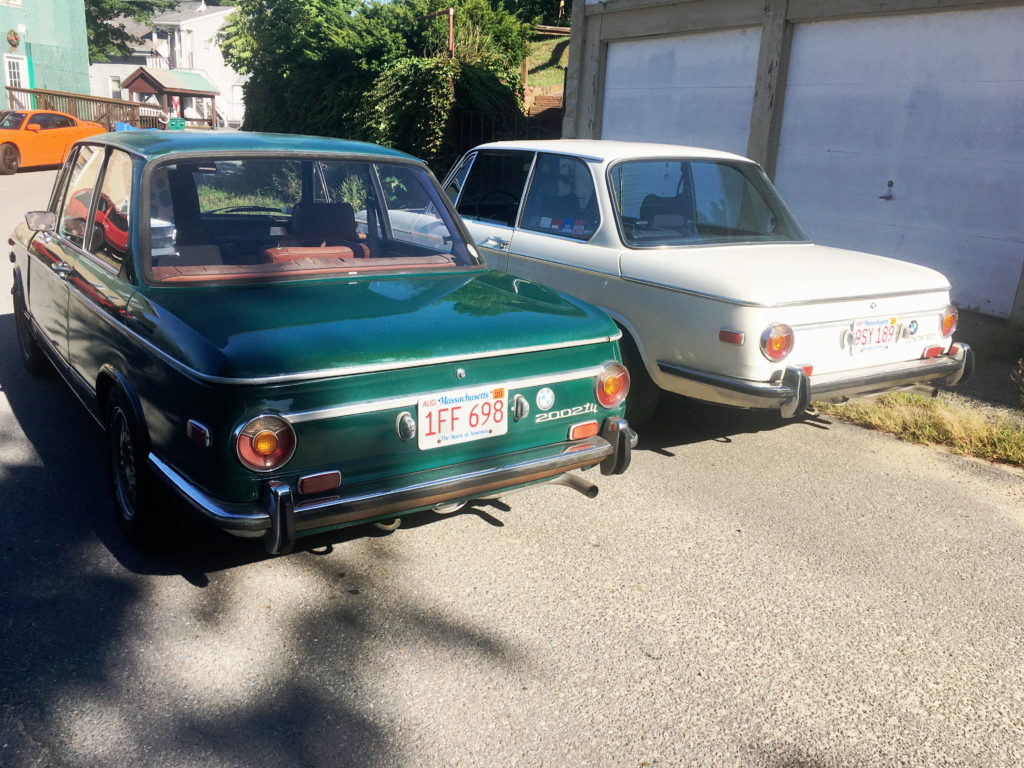
Rob’s most recent book, Resurrecting Bertha: Buying Back Our Wedding Car After 26 Years In Storage, is available here. on Amazon. His other books, including Just Needs a Recharge: The Hack MechanicTM Guide to Vintage Air Conditioning, are available here on Amazon. Or you can order personally inscribed copies of all of his books through Rob’s website: www.robsiegel.com. His new book, The Lotus Chronicles, will be available in September.

